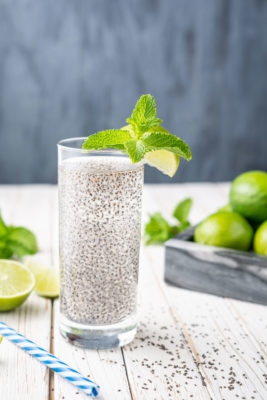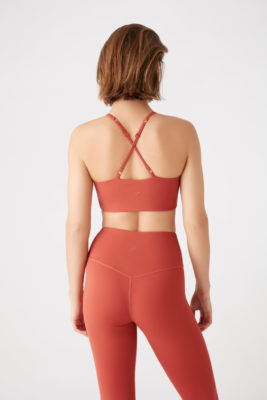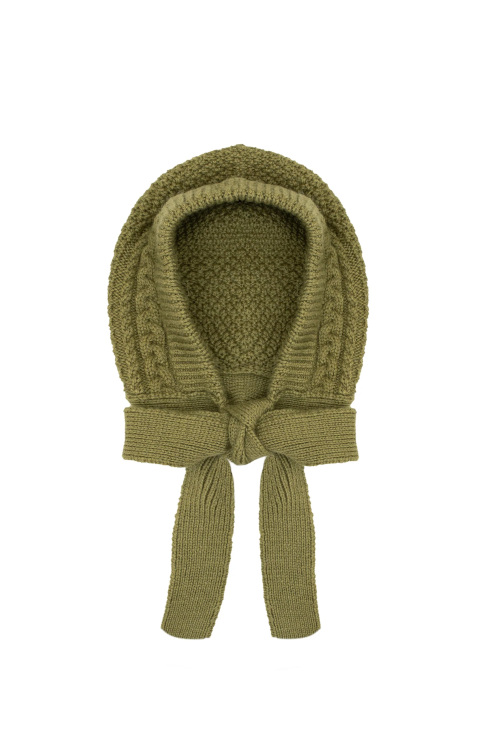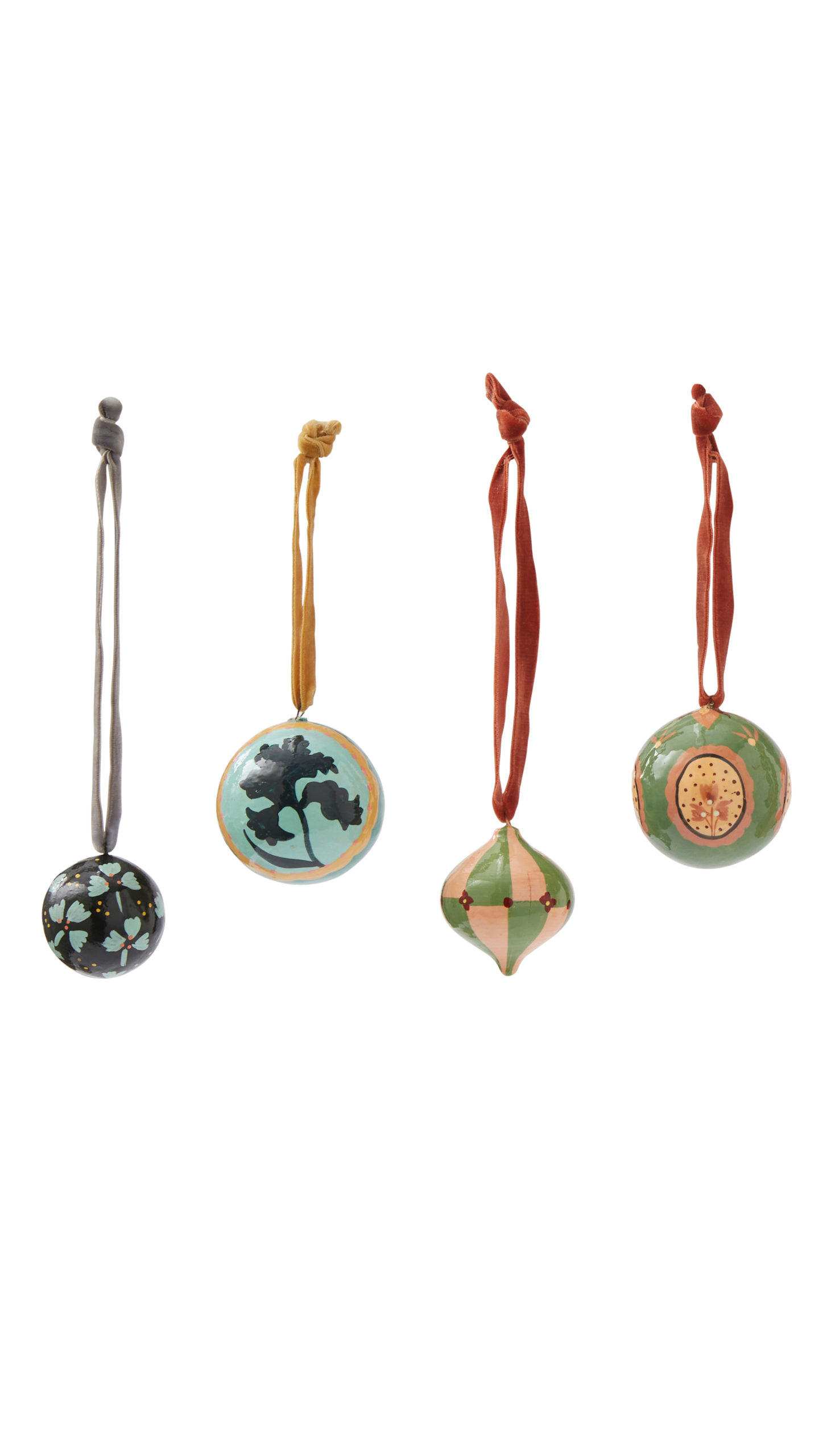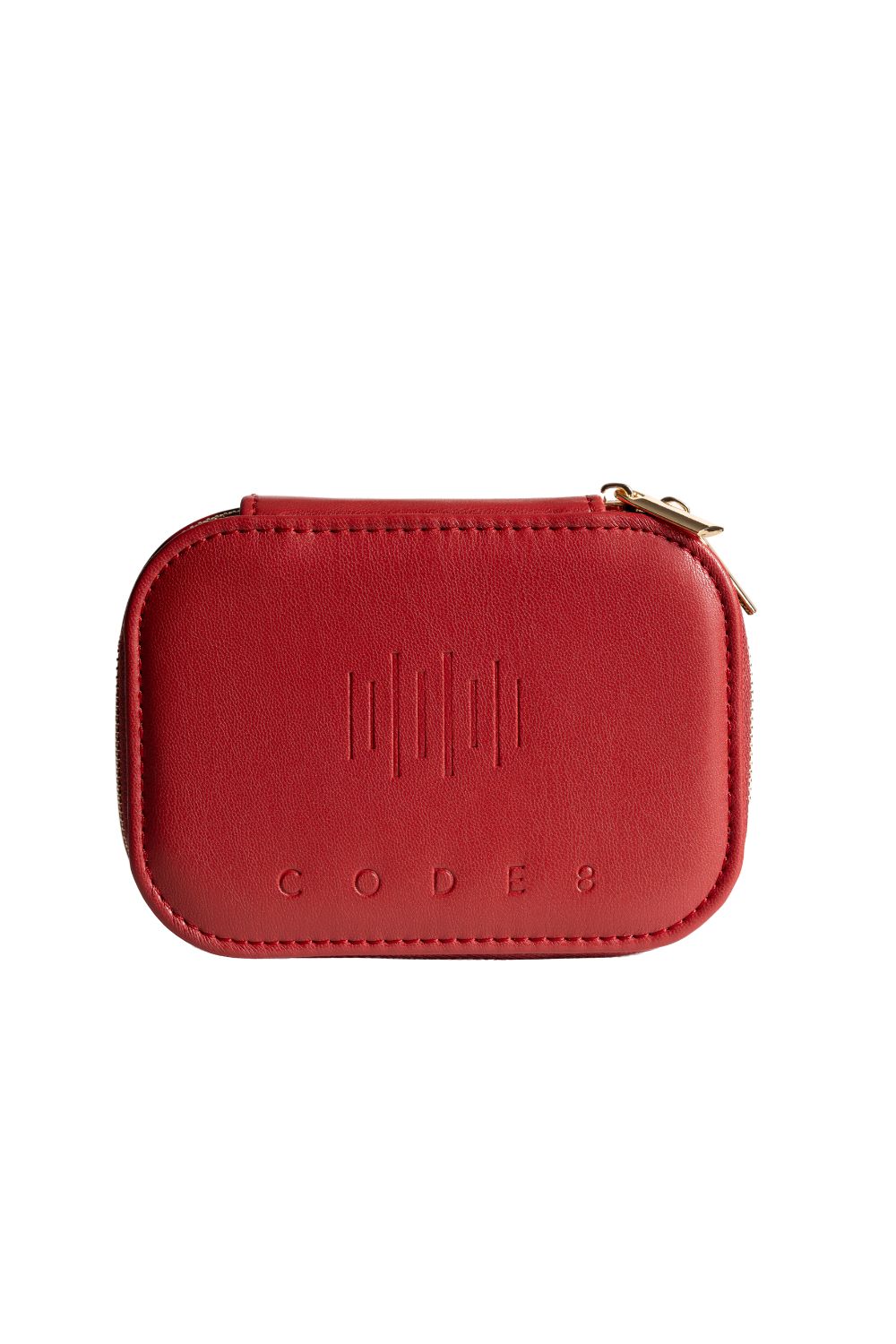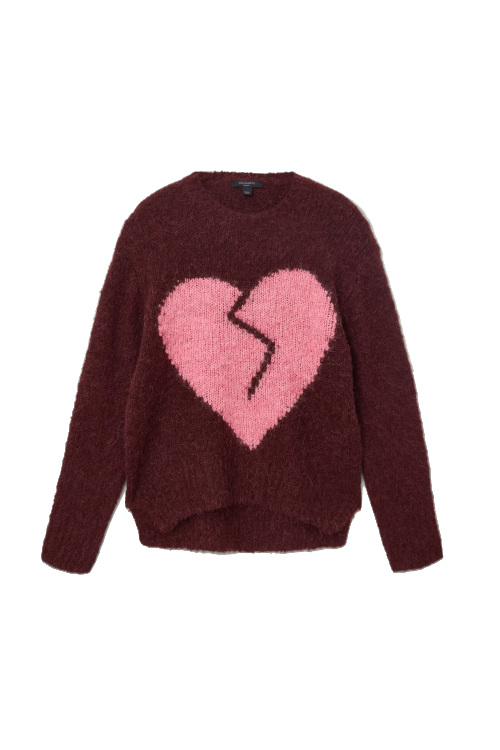
What Is TikTok’s Winter Arc Challenge?
By
1 year ago
How to tap into the glow-up trend sustainably
Most of us wait until January to set resolutions – but studies show 80 percent of these fail by the end of the month. That’s why TikTok’s latest trend, dubbed the Winter Arc, suggests getting a head start, spending the last three months of the year establishing healthy habits to set you up for success once the New Year hits.
The challenge has gone viral in recent weeks, with the hashtag #winterarc amassing millions of views on the platform, and Google searches spiking by over 1000 percent over the past few weeks. TikTok is awash with videos of content creators waking up at 5am and doing daily 10ks in pursuit of the Winter Arc, but it’s possible to get involved without doing anything drastic.
What Is The Winter Arc Challenge?
The Winter Arc challenge has been doing the rounds for a while, but it has blown up on TikTok this October thanks to a spate of videos from wellness influencers. One of the most viewed comes from self-improvement influencer Carly Berges, whose video outlining the challenge has been watched over 4.6 million times.
She explains: ‘Starting on 1 October, you have three months or 90 days until the end of the year’ to get ‘super laser focused on your goals, your personal development, your growth’ – the idea being by the time January comes around, you’re already ‘’coming out a whole other beast’.
When the weather gets cooler and the dark nights begin to creep in, it’s normal to feel less motivated when it comes to things like exercise and healthy eating. Yet Carly says those participating in the challenge will ‘become unrecognisable’ as a ‘brand-new, up-levelled, better version’ of themselves.
@isabellehenriques_ best months for it 💗 bring on 2025 x #winterarc #winterarcchallenge #fyp #wellness #wellnessgirl #wellnessaesthetic #blackgirlmagic ♬ original sound – BELLE.
How To Take Part In The Winter Arc Challenge
This all sounds great, but what does it actually involve? Well, the Winter Arc can be tailored to each individual. Carly’s goals include waking up earlier, following a workout plan, reading more and journaling – but yours could look totally different to that. It could be something as simple as getting out for a walk each morning or cooking a new nutritious meal once a week. And although many TikTokers started on 1 October, don’t let that hold you back: with over 10 weeks to go until the New Year, it’s not too late to enter your Winter Arc era.
The key is to set realistic and achievable resolutions, says Kyle Crowley, a nutrition expert at Protein Works. ‘Many resolutions are focused on drastic, short-term changes, like crash diets or extreme fitness routines, which are hard to maintain. Instead, with the Winter Arc, start with something simple, like committing to one to two gym sessions per week or incorporating more vegetables into your meals. Gradually increasing your goals will make them more manageable and sustainable long-term.’
Nutrition
Kyle suggests setting nutrition goals which will specifically support your physical and mental health during the winter – for instance, upping your vitamin D intake to improve mood and immune health. ‘With reduced sunlight exposure in the winter, many people experience vitamin D deficiency, which can lead to lower energy levels and even Seasonal Affective Disorder (SAD),’ he says. ‘Tailoring your supplement intake as the seasons change is recommended. For instance, increase vitamin D intake through foods like oily fish, eggs, and supplements to maintain both immune function and mood balance.’
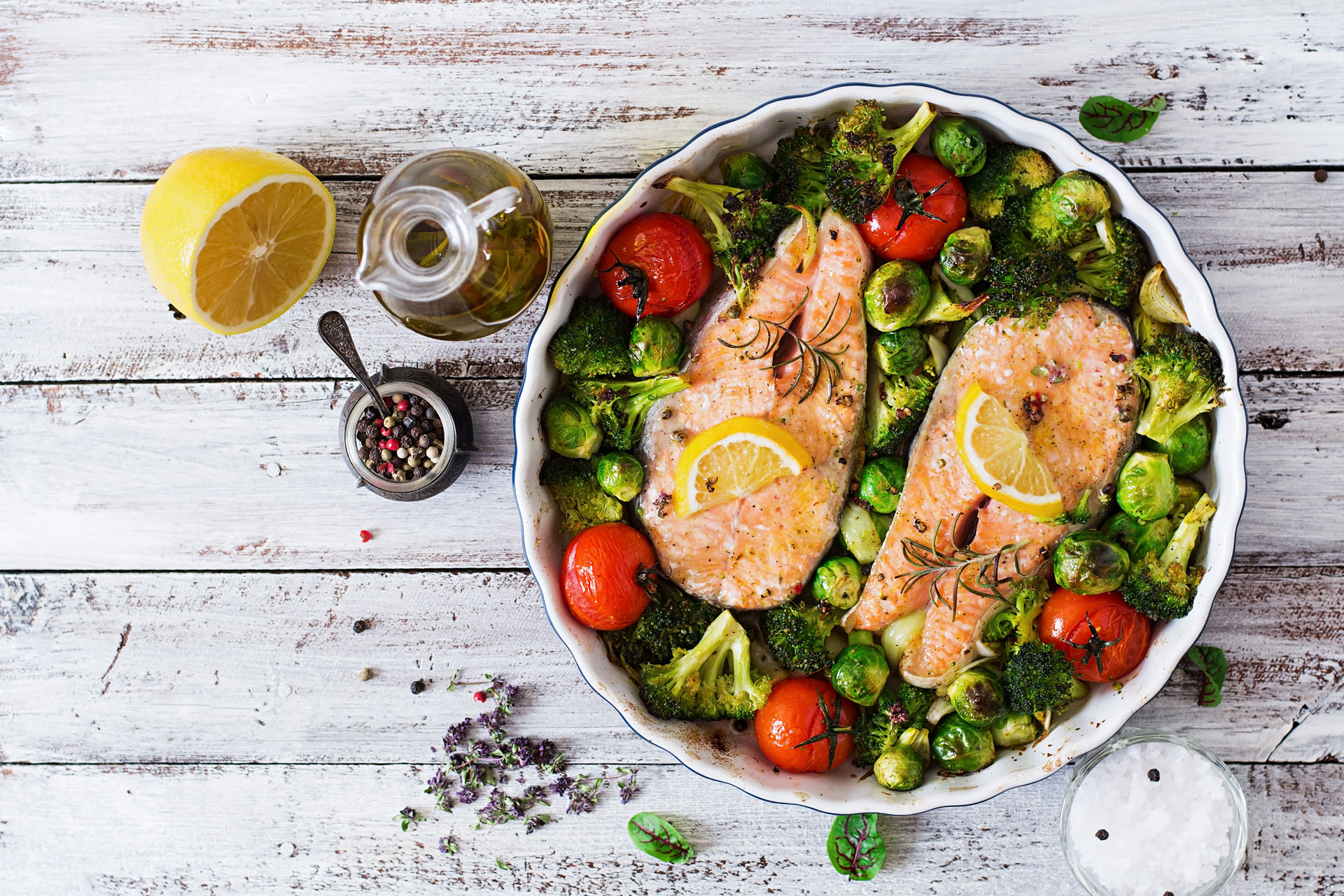
Getty Images
December is a notoriously tricky time to stick to nutrition goals, so rather than forcing yourself to steer clear of the mince pies, Kyle suggests focusing on adding rather than taking away. ‘Pairing sugar with protein and fibre can help regulate blood sugar,’ he explains. ‘For instance, if you have a dessert, add some nuts or yoghurt to slow down sugar absorption and prevent a spike-and-crash effect.’
Another positive goal could be prioritising mood-boosting foods. ‘While nutrition is in no way a replacement for other forms of mental health support, research demonstrates that optimising our intake of certain nutrients may help us adjust to the change in season,’ says nutritionist Lara Isaac. She recommends eating more leafy greens, berries and even dark chocolate, which all contain nutrients that help combat SAD.
Exercise
Motivating yourself to exercise can be tough during the winter months, when it’s cold outside. But Kyle notes that the Winter Arc doesn’t need to involve anything punishing – we should be prioritising consistency over intensity. ‘It’s better to commit to two to three consistent workouts each week rather than overloading your schedule with daily workouts that are hard to maintain,’ he says. ‘You don’t have to rely solely on the gym. Simple habits like walking more during lunch breaks or stretching at home can be easy ways to stay active during the colder months.’
Fitness trainer India Bailey recommends getting a friend involved: ‘make a plan and hold each other accountable to get outside – it’s a great way to get some friendly competition in too.’ If you’re planning on running outside, she also stresses the importance of investing in the right gear and doing a thorough warm-up beforehand (more on this here).
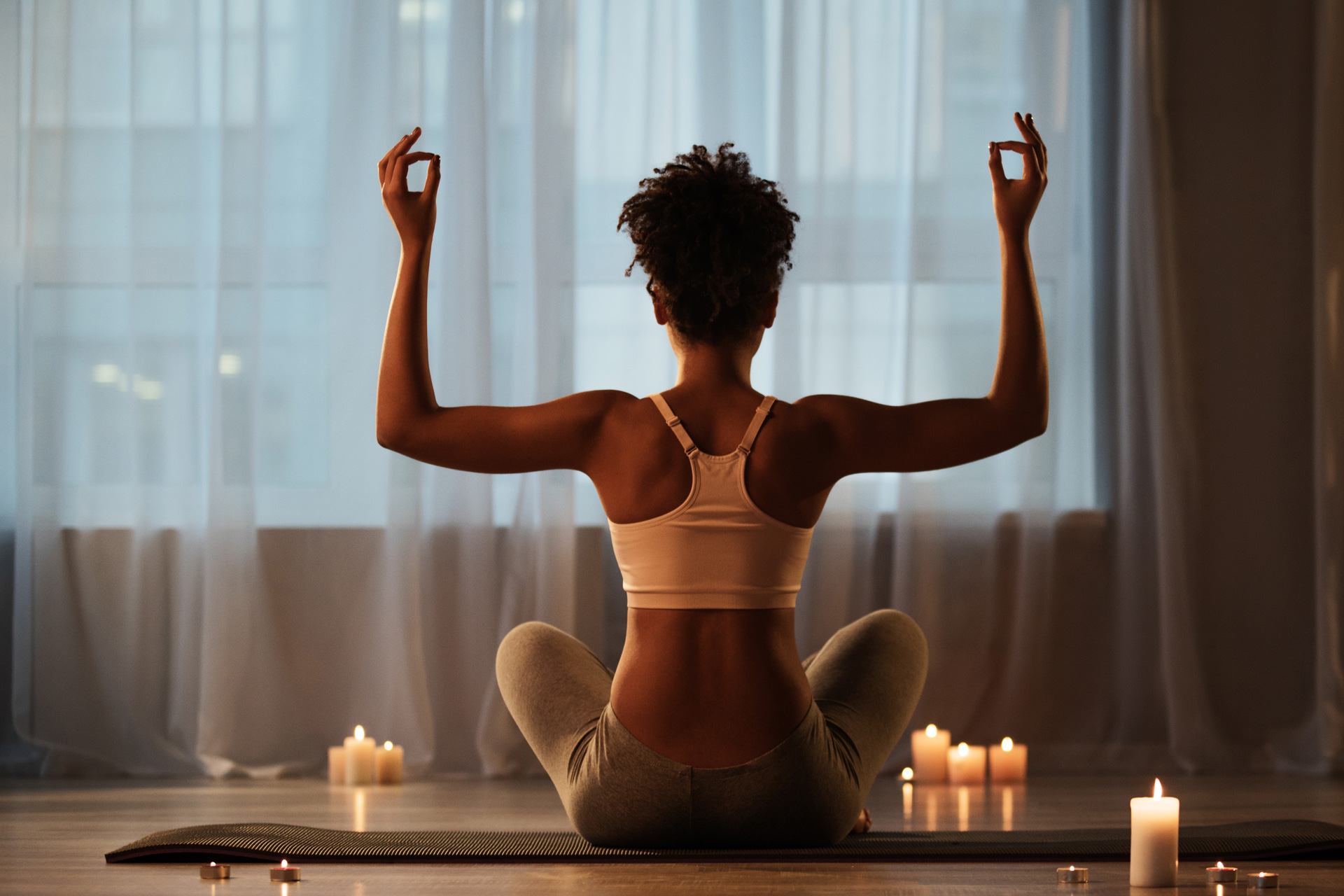
Getty Images
And if you just can’t face the outdoors, can we interest you in some cosy cardio? Another recent TikTok trend, this involves creating an appealing workout setup, whether that’s lighting some candles for an online yoga class or donning your favorite pair of tracksuits for a feel-good workout.
Balance
Crucially, don’t be too hard on yourself. Ironically, self-improvement trends have a tendency to cause pressure and ultimately lead to burnout, so Kyle emphasises the importance of being kind to yourself. ‘Don’t put too much pressure on yourself to be perfect,’ he concludes. ‘Taking time to relax and unwind is just as critical to your health as nutrition and fitness. By finding the right balance between discipline and downtime, you’ll enter the new year feeling stronger, more energised, and ready to take on 2025 – without the stress of unrealistic New Year’s resolutions.’








